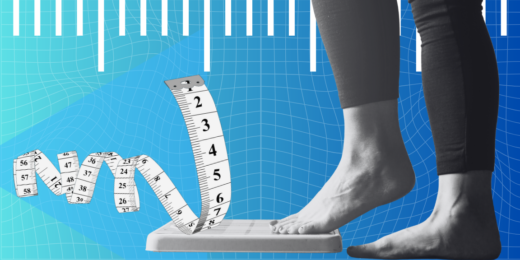As Stanford physician Abraham Verghese, MD, is about to meet a new patient, he prepares by washing his hands. The ritual, he said in a recent JAMA video (shown below), provides a discreet way to make a mental switch away from other distractions and toward the patient he was about to greet.
"This was especially so in the HIV era, when every encounter was so poignant, so filled with the potential for tragedy and impending death," he said. "I'd always use that moment of washing my hands to be intentional and to remind myself that I was entering sacred space, and whatever baggage I was carrying, I couldn't carry there."
He also looks at patients' shoes as a way to begin to understand their perspectives: Is the patient wearing fluffy slippers, or shackles and prison-issued slip-ons, or something else entirely? The answer, he said, helps guide how he approaches and interacts with each patient.
Verghese, and his colleague Donna Zulman, MD, talked a lot about those kinds of rituals -- and the role they play in the first encounter with a patient -- when they set out to tackle what many clinicians see as a fracture in doctor-patient bonds that is exacerbated by increasing limits on the time they can spend with patients.
Their musings led a study published Jan. 7 in JAMA that identified five evidence-based practices clinicians can use to shift patient encounters from emphasizing institutional procedure to focusing on meaningful human interaction. The journal also featured a video (below) and a podcast.
In their paper, researchers describe the five recommendations:
- Prepare with intention: Familiarize yourself with the patient you are about to meet; create a ritual to focus your attention before a visit.
- Listen intently and completely: Sit down, lean forward and position yourself to listen; don't interrupt; your patient is your most valuable source of information.
- Agree on what matters most: Find out what your patient cares about and incorporate these priorities into the visit agenda.
- Connect with the patient's story: Consider the circumstances that influence your patient's health; acknowledge your patient's efforts, and celebrate successes.
- Explore emotional cues: Tune in, notice, name and validate your patient's emotions to become a trusted partner.
"We were looking for practices that would improve the experience of patients and lead to better care for them, but would also improve the experience of clinicians and help them to rediscover the joy of medicine," said Zulman.
The researchers see the practices as one way to address the frustrations on of modern-day medicine, offering concrete strategies for fostering deeper connections with patients, said Zulman, lead author of the study, which was conducted by researchers from Presence 5, one of several initiatives of Presence, an interdisciplinary center at Stanford that promotes the art and science of human connection in medicine.
"As physicians, we are privileged to work with people in their most vulnerable moments," said Zulman. "And in today's climate, particularly in primary care, it's easy to lose sight of that with all of the administrative demands, time pressures and technology distractions."
The recommendations -- known as the Presence 5 practices -- were identified through a systematic review of 73 studies of interpersonal interventions published between January 1997 and August 2017; through observations of clinician-patient encounters; and through interviews with clinicians, patients and non-medical professionals in similar jobs -- such as firefighters and social workers.
"The Presence 5 practices resonate because they speak to something that is timeless and central to medicine," said Verghese, the study's senior author. "Patients want us to be more present. And we as physicians want to be more present with our patients, because without that contact, our professional life loses much of its meaning."
Photo by Shutterstock




